An all-inclusive experience, redefined…At Bawah Reserve in Indonesia’s pristine Anambas...
Begin your day at Bawah Reserve with your choice from our Juice Butler service: fresh...
If you’ve noticed the beautifully patterned fabrics in your villa, you’ve already...
Ready to make a splash?For guests who are both swimming-fit and up for a challenge,...
Welcome to the thermal contrast therapy facility at Aura Sanctuary at Bawah Reserve,...
Planning your dream private island holiday in Indonesia? Here at Bawah Reserve, we...
3 ways to repost or use our Instagram Reels
We love that you want to share a little...
2024 wellness trends were exciting for sure, but it keeps getting better! The top...
A new subtle yet powerful trend - that of being “demure” and “mindful” - has been...
When we think of bees, honeybees often come to mind. However, at Bawah Reserve, a...
In the heart of Southeast Asia lies a hidden gem that promises a retreat into nature,...
It’s safe to say that if you ask someone to name a tropical island destination, they will...
As we step into 2024, the world of well-being is teeming with transformative trends that...
2 years ago for Earth Day 2022, we created 10 sincere pledges for investing in the planet...
Starting to plan your dream wedding? Some couples have a clear idea of their perfect...
We are often asked about the best time of year to schedule a trip to Bawah Reserve.Which...
Our faraway paradise is well worth the journey and there are many ways to get to Bawah,...
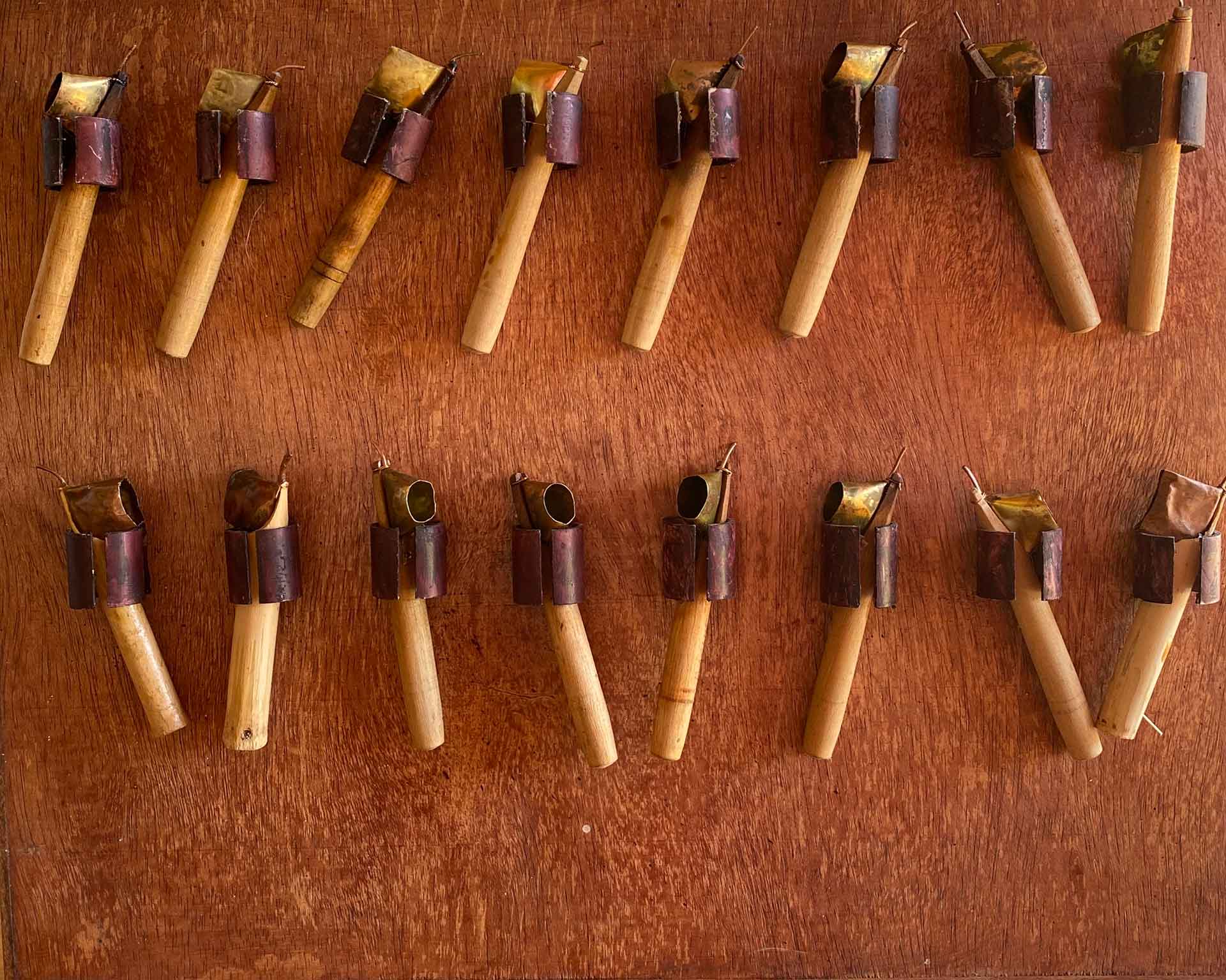
Batik is an Indonesian art technique that uses wax and colourful dyes to create beautiful
patterns for fabrics and art. Originating from Java, Batik can now be found all over
Indonesia. You can even see it on the uniforms worn by the staff at Bawah Reserve:
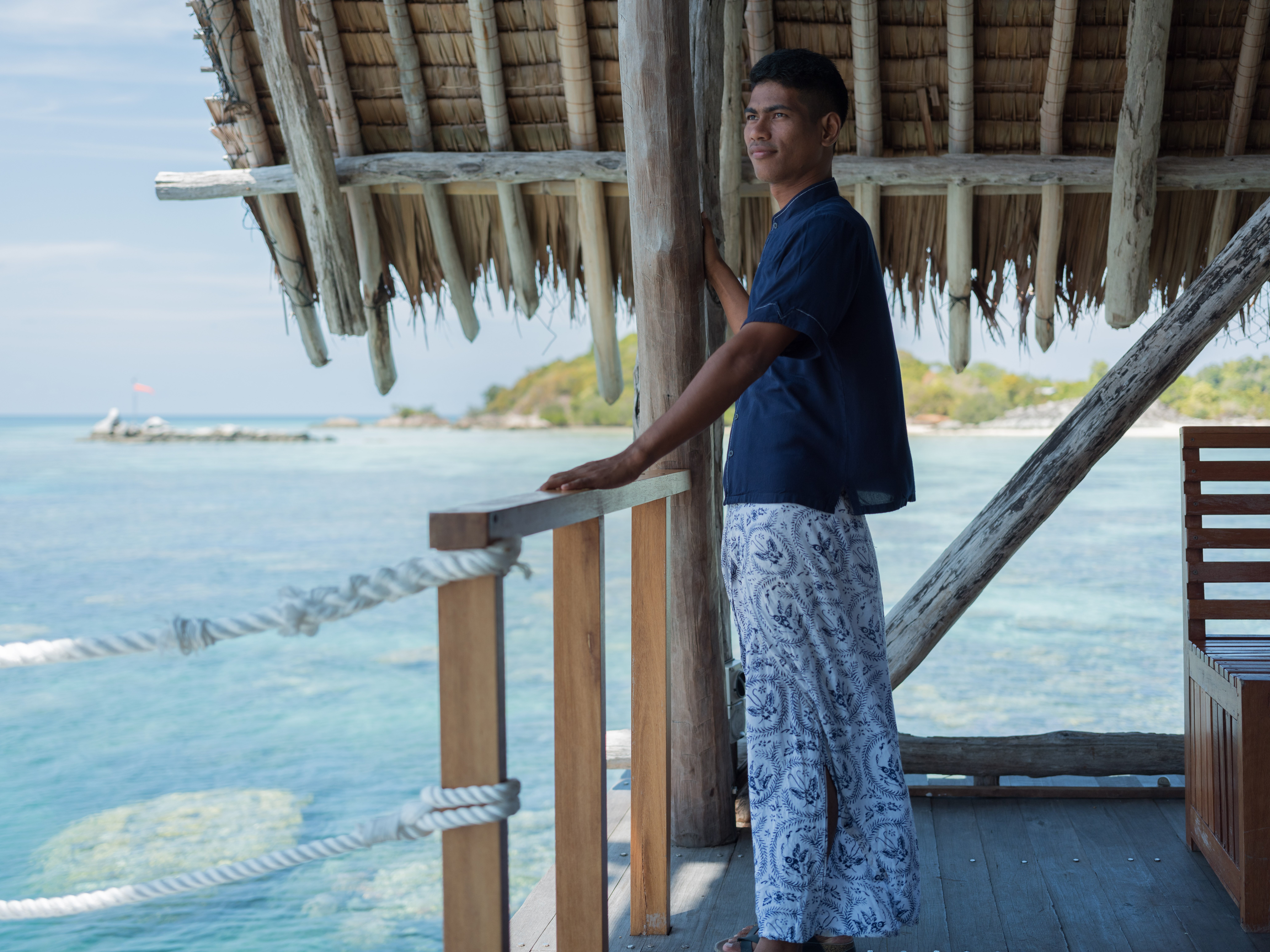
Creating handmade batik is often a lengthy process involving wax, dyes and fabric. Colour-
resistant wax is applied to the fabric before it is dyed. The dye colours all areas of the fabric
apart from the waxed patterns, which acts as a resistant to the dye.
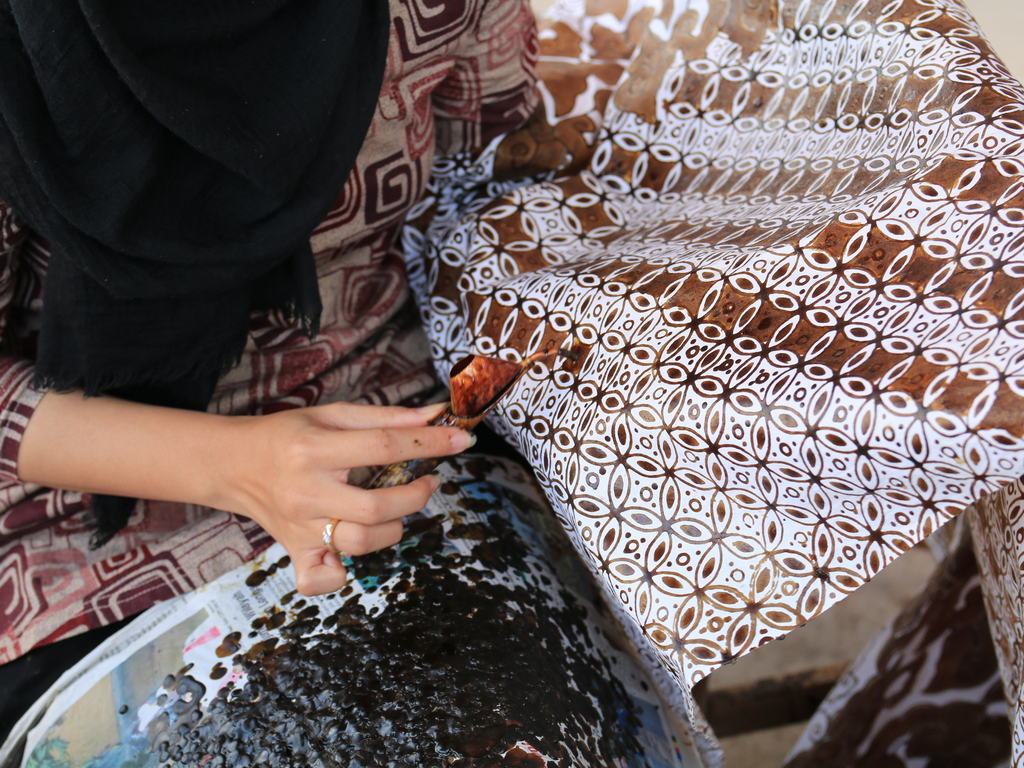
Image: Trip Canvas
The patterns and designs are often very symbolic. There are special patterns for royalty and
for different religious groups. Patterns vary by region, and thus the batik found in Sumatra,
Bali and Java have very different looks. Java batik is typically split into two distinct forms:
inland (which has more earthy tones) and coastal (which has motifs reflective of trade and
influence from other cultures, such as European flowers or Persian peacocks).
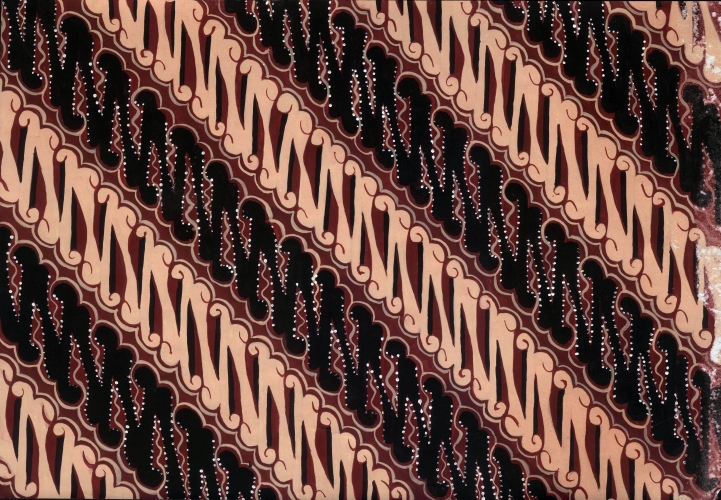
For smaller pieces, artists use a canting, a pen-like instrument with a wooden handle and
copper reservoir that holds the wax. For larger pieces a copper block is used to stamp the wax
onto the canvas. This saves time and is especially helpful for repeated patterns. The uniform
at Bawah Reserve was created from our own copper block.
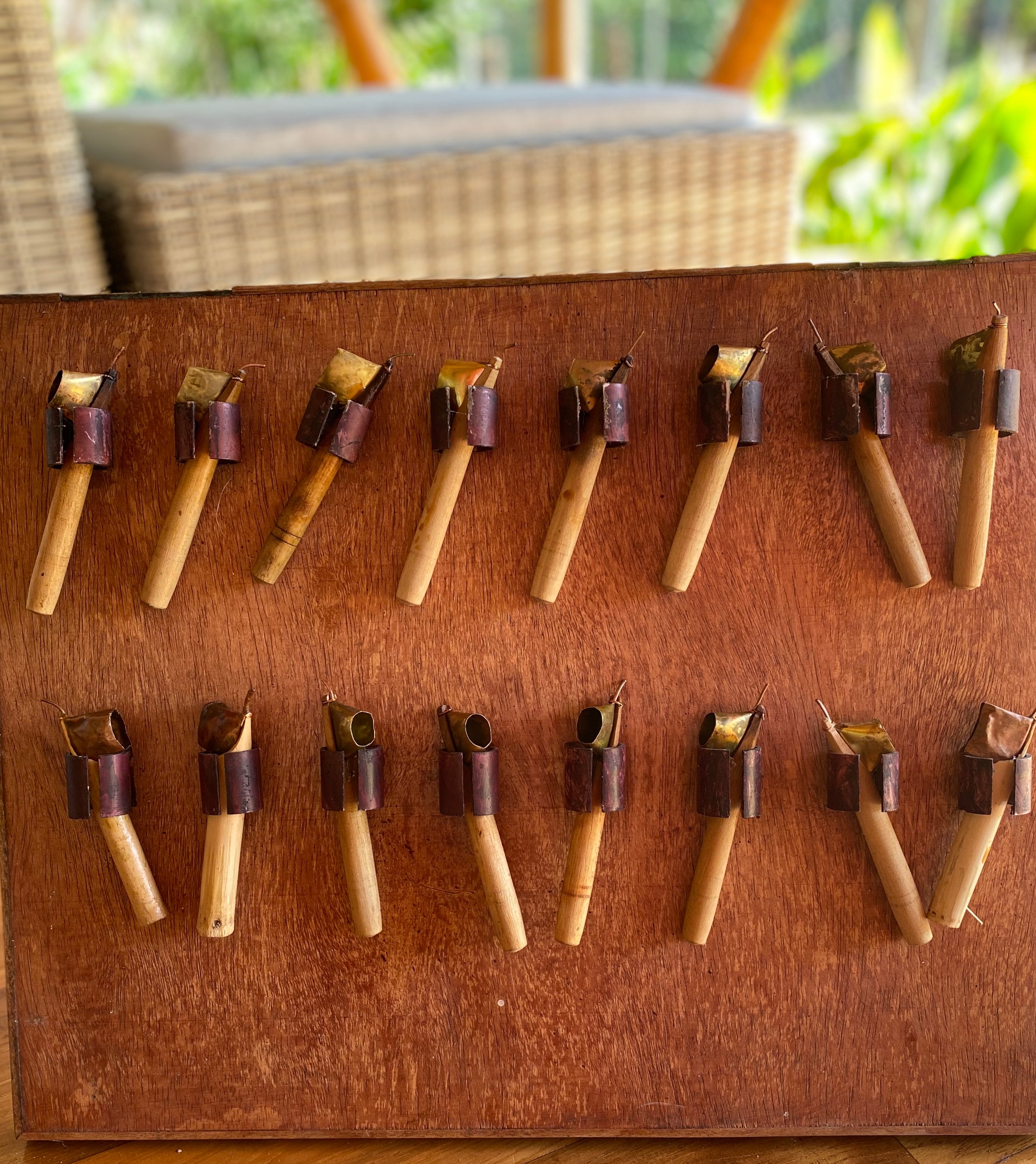
Canvas or fabric – ideally pulled tight over a wooden frame
A canting
Wax – a mix of paraffin and beeswax is preferred
Dye – ideally cold-water fabric ones
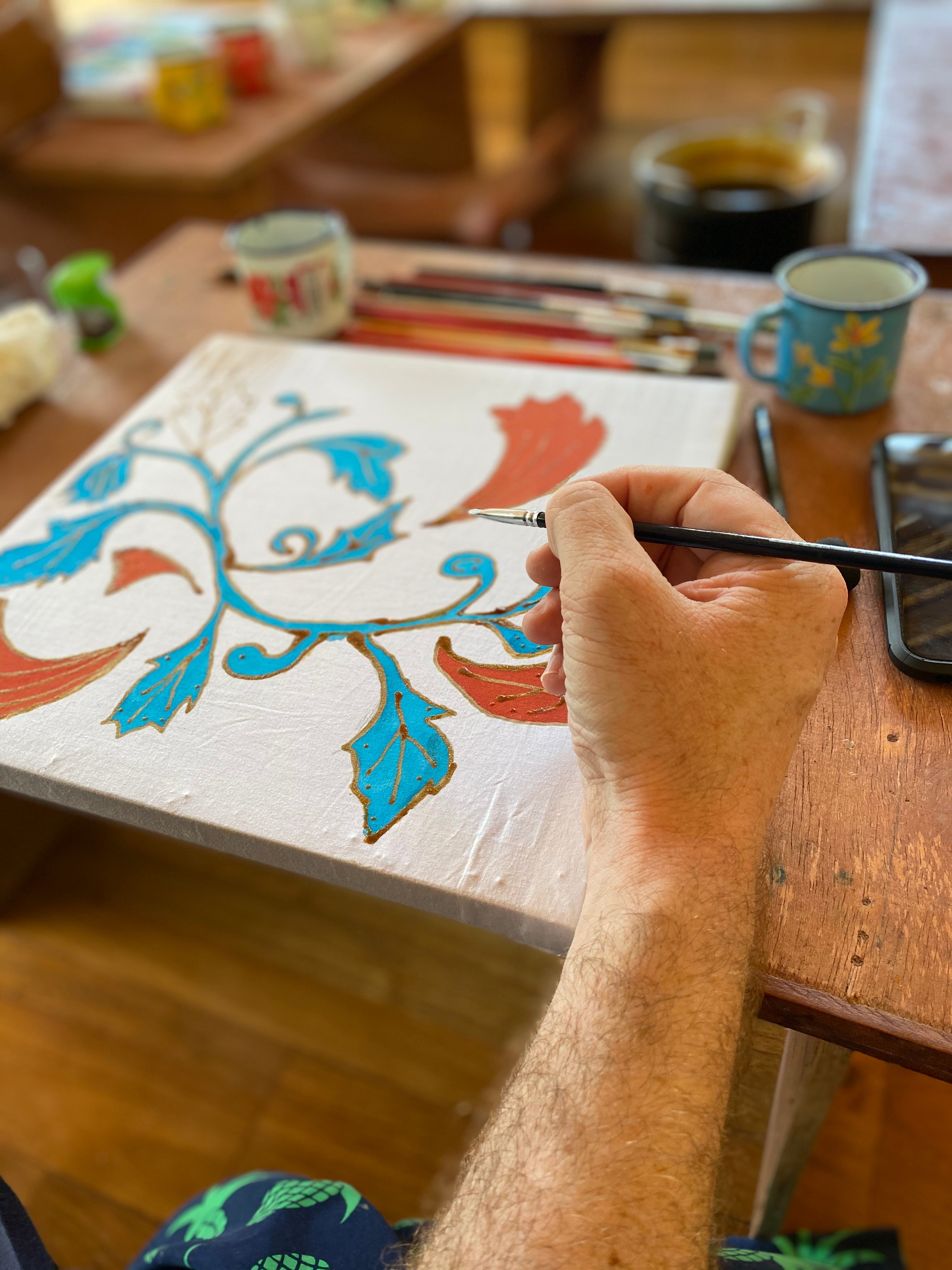
1) Draw your design in pencil on the canvas. Get inspiration from batik art books or here
2) Melt the wax in the microwave or in a glass container set in boiled water bain-marie
style. Put the melted wax into the canting.
3) Using the canting to apply the wax over the penciled drawing. Make sure the wax on the fabric is heavy enough to penetrate the other side of the canvas, or you can go over the lines on both sides of the canvas to ensure the wax seal is created.
4) Allow the wax to dry.
5) Apply the dye to the entire canvas or painting. You can use a dye bath or paint on the
colour using a paintbrush. Allow the dye to dry.
6) Optional: Apply a second layer of wax followed by a different colour of dye, if desired. Repeat this process as many times as you would like, remembering to start with the lightest
colour and end with the darkest.
7) Optional: Remove the wax by boiling the entire piece, scraping it off or by ironing it between
layers of newspaper. See here for instructions.
8) Once dry, your batik masterpiece is created.
An all-inclusive experience, redefined…At Bawah Reserve in Indonesia’s pristine Anambas...
Begin your day at Bawah Reserve with your choice from our Juice Butler service: fresh...
If you’ve noticed the beautifully patterned fabrics in your villa, you’ve already...
Ready to make a splash?For guests who are both swimming-fit and up for a challenge,...
Welcome to the thermal contrast therapy facility at Aura Sanctuary at Bawah Reserve,...
Planning your dream private island holiday in Indonesia? Here at Bawah Reserve, we...
3 ways to repost or use our Instagram Reels
We love that you want to share a little...
2024 wellness trends were exciting for sure, but it keeps getting better! The top...
A new subtle yet powerful trend - that of being “demure” and “mindful” - has been...
When we think of bees, honeybees often come to mind. However, at Bawah Reserve, a...
In the heart of Southeast Asia lies a hidden gem that promises a retreat into nature,...
It’s safe to say that if you ask someone to name a tropical island destination, they will...
As we step into 2024, the world of well-being is teeming with transformative trends that...
2 years ago for Earth Day 2022, we created 10 sincere pledges for investing in the planet...
Starting to plan your dream wedding? Some couples have a clear idea of their perfect...
We are often asked about the best time of year to schedule a trip to Bawah Reserve.Which...
Our faraway paradise is well worth the journey and there are many ways to get to Bawah,...
© Bawah Reserve 2024. Anambas. Riau Islands. Indonesia
leave a comment